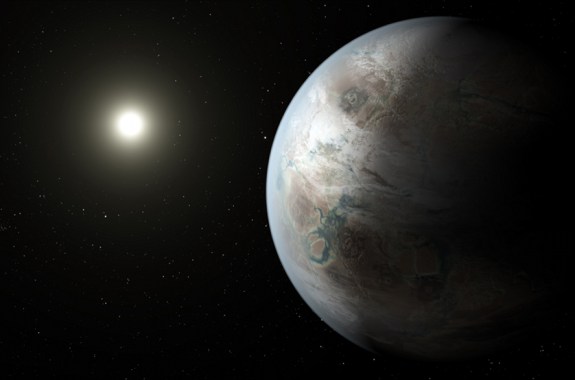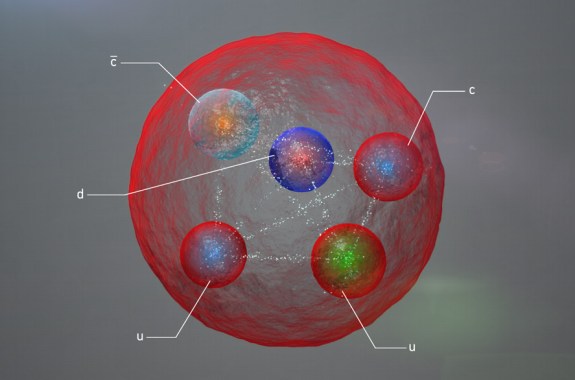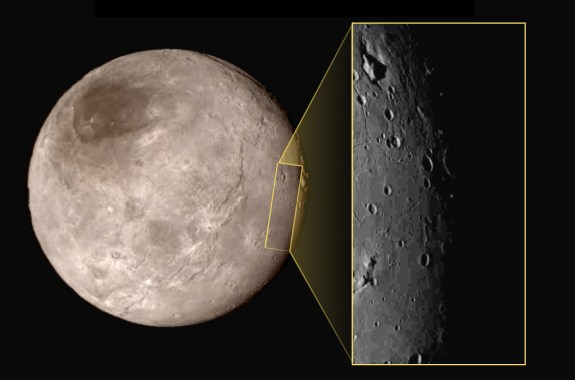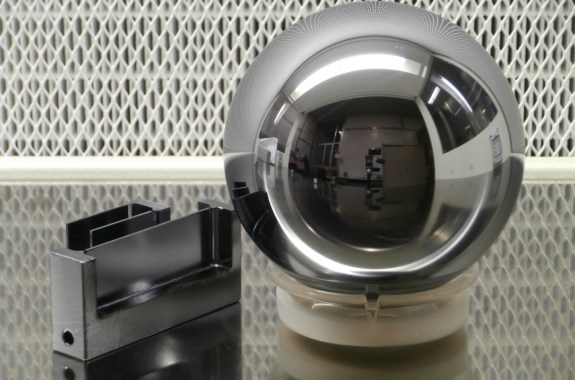Radio
Listen to Science Friday live on Fridays from 2-4 p.m. ET
April 18, 2025
Are traffic engineering decisions based on evidence-based research? Not as much as you might think. Plus, researchers captured the first confirmed video of a colossal squid swimming in its natural habitat. And, with brain-implanted devices, people with paralysis have been able to command computers to “move” virtual objects and speak for them.
8:21
Bacterial Hunger Games
Is it time to stop killing bacteria, and start pitting them against each other?
11:37
A Twist In The Tale Of Native American Origins
Two studies detect a DNA link between Indigenous Amazonians and native Australians and New Guineans.
17:20
Closer to Earth, 2.0, and a New Horizons Update
NASA’s Kepler program has located a planet close in size to Earth, orbiting in the habitable zone of a star similar to our own sun. Plus, new data about Pluto.
10:08
Do Know-It-Alls Really Know It All?
Scientists find that self-described experts are more likely to claim knowledge of phony information.
6:19
In a Mountain of Data, Signs of a New Class of Particles
Scientists working on CERN’s LHCb experiment report that they’ve found evidence of a so-called pentaquark particle.
11:40
iBubble Wrap, Fossilized Owl Vomit, and Deadly Temperature Swings
Brandon Keim, a freelance science reporter, shares this week’s top science news.
17:19
New Horizons Reveals Unexpected Worlds
Ice mountains and gaping canyons are just a few of the surprising features the New Horizons spacecraft beamed back this week.
16:37
Redefining the Kilogram
All the scales in the world are calibrated against a 125-year-old chunk of metal in a vault on the outskirts of Paris. Now scientists are looking to redefine the standard of what “kilogram” really means.
11:52
Can Video Games Be Used As Teaching Tools?
Are Minecraft’s digital building blocks the teaching tools of the future?
17:26
A Sci-Fi Writer Keeps His Eye on ‘Spaceship Earth’
In his new novel, “Aurora,” sci-fi writer Kim Stanley Robinson puts the dream of interstellar colonization under the microscope.




